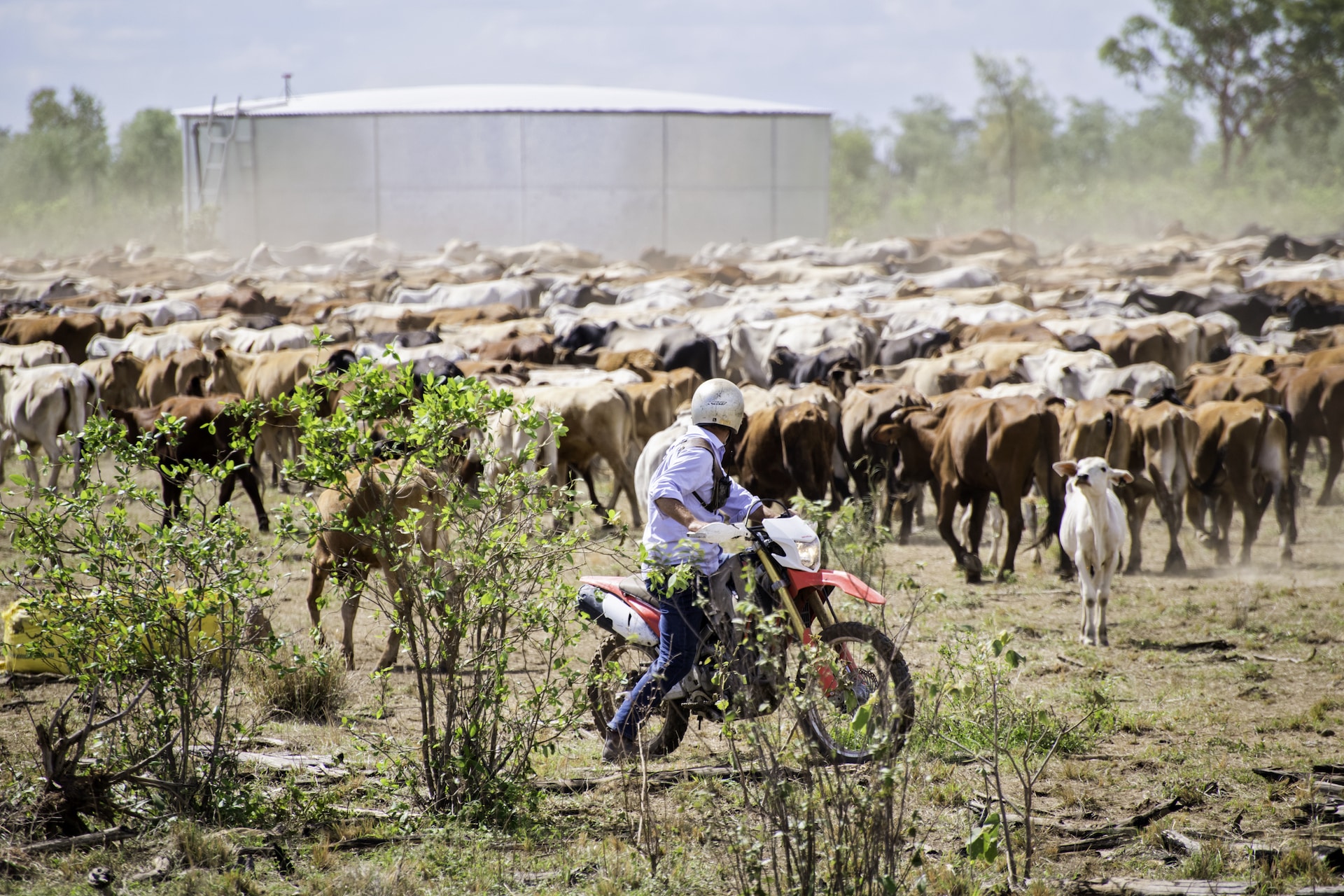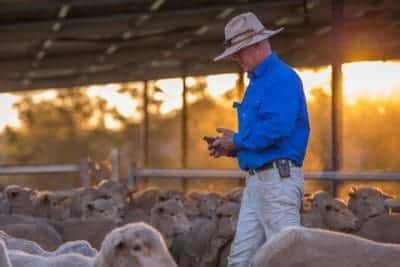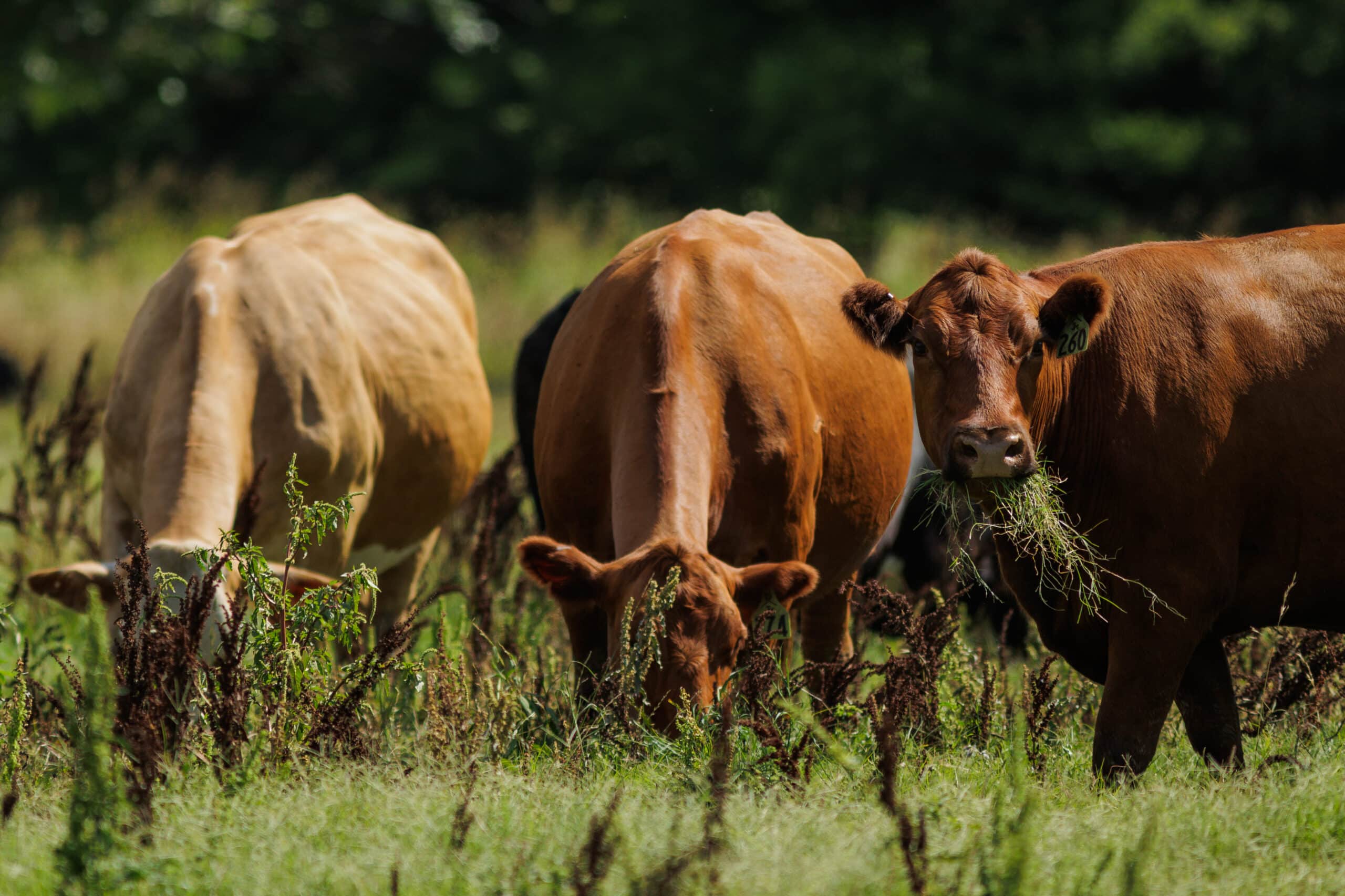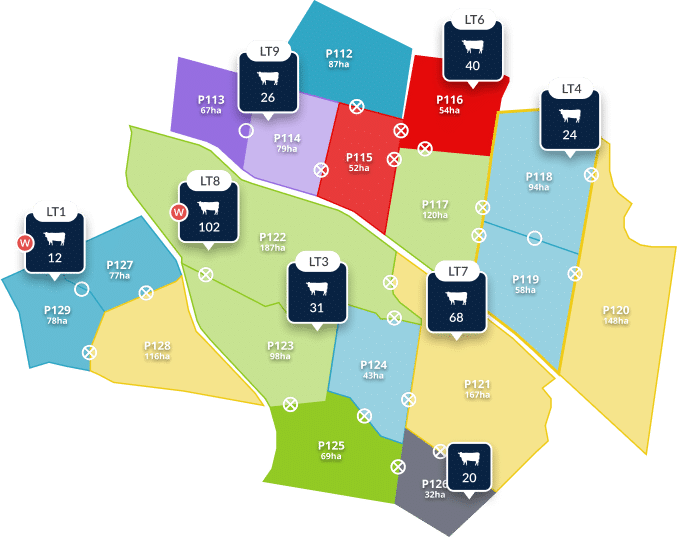Keeping pneumonia at bay during the winter
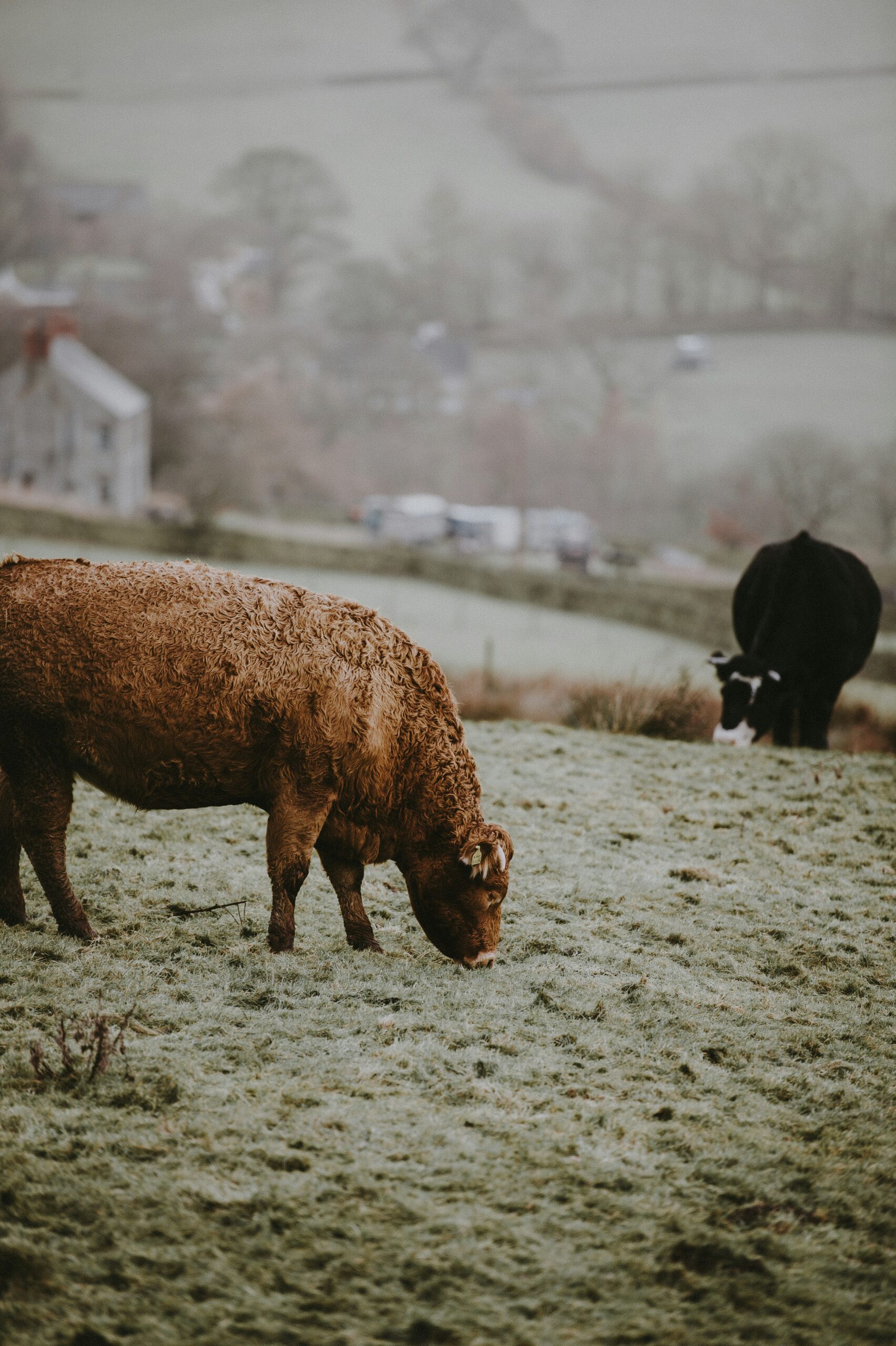
What is pneumonia?
Pneumonia, synonymous with bovine respiratory disease (BRD), causes inflammation of the lungs and airways. Initially, it reduces productivity but ultimately, if left untreated, it can be fatal.
Most symptoms may be subclinical with the only giveaway that something is wrong being reduced feed intakes and growth. But, as symptoms worsen, raised body temperature, increased breathing rate and effort, a depressed, head-down stance, coughing and nasal discharge are all signs of pneumonia.
It is more common during the autumn and winter months. The reason for this is due to the environment and the conditions the animals are kept in. More often cattle are brought in when the weather deteriorates, and indoor housing can contribute to the occurrences of pneumonia. This includes poor air quality, wet bedding and draughts. On top of that, temperature variations and extremes are more likely to be experienced at that time of year which put stress on the immune system. Over crowding and lack of air circulation can also spread the disease more easily between animals.
Pneumonia develops due to complex interactions between these environmental conditions, the status of the host, and pathogens. The pathogens include a variety of bacteria and viruses which contribute to the cause of the disease and are more easily spread indoors.
Does pneumonia just affect calves?
Young animals are more prone to pneumonia than adults. They have an immature immune system, their lungs are smaller, so the damage is greater, and they are more likely to be stressed particularly during weaning.
Why is it so important to think about prevention?
A loss in performance and productivity has serious economic implications for farmers. Pneumonia costs the UK cattle industry £50 million a year.
But there is another, worrying reason why prevention is far better than cure – calves never truly recover from pneumonia (4). Whilst their intestines will completely heal after a bout of scours (another common ailment in calves) the same can’t be said for the lungs. Blood vessels and airways are often completely destroyed and lung tissue is scarred for life. Studies have shown that animals that have recovered from pneumonia as youngsters produce less milk during their first lactation and do not grow as well as their unaffected counterparts .
What can you do to prevent pneumonia?
Managing the complex animal-environment-pathogen interaction is key to controlling pneumonia.
Colostrum
Passive immunity is passed from mother to calf through her colostrum. Ingesting colostrum as soon as possible is essential as antibody absorption rapidly declines a few hours after birth.
Ensure cows are in peak body condition to provide the very best quality colostrum for their calves. If you need to supplement colostrum, good hygiene is paramount.
Nutrition
Providing the calf with good nutrition is important in the fight against disease. Always consider the environmental conditions when formulating diet as animals use more energy in poor weather.
Stress
Stress for young livestock comes from a variety of sources and the effects are cumulative. It is most prevalent at weaning time therefore other sources of stress such as disbudding and castration should be avoided when weaning. Mixing different groups particularly those of different ages can be stressful for young calves. You can consider the environment as a stressor such as insufficient feeding space, transport and handling, and change of diet.
Biosecurity
Manage incoming livestock safely. Allow them to settle in a separate clean pen and make sure you treat them for any infectious conditions that can spread. Record body condition and weight of new stock.
Environment
Moisture levels, air quality and air speed play important roles in the prevalence and severity of pneumonia. Damp conditions allow pathogens to survive longer, spread quicker, and affects animal health. Lack of fresh air can reduce oxygen concentrations and elevate temperature, whilst air speed can cause a chill and suppress the immune system.
What can you do to prevent pneumonia from spreading?
Addressing the key points that prevent pneumonia will also minimise its spread. Good nutrition from birth, including adequate and high-quality colostrum will give young livestock the best start in life. Minimising the stress of animals puts less strain on the immune system. This means adequate housing and living conditions, minimal disruption to animals that are transported, environmental enrichment and as little handling as possible. Vaccinating against the four key viruses Infectious Bovine Rhinotracheitis (IBR), Bovine Viral Diarrhoea (BVD), Bovine respiratory syncytial virus (BRSV) and Bovine Parainfluenza-3 Virus (PI-3) can dramatically reduce calf pneumonia outbreaks.
Controlling the environmental conditions can also go a long way to preventing the spread of pneumonia. Stopping draughts for example by using rubber strips at the bottom of gates reduces air speed and wind chill. Deep, dry straw keeps young animals warm and good drainage reduces moisture and pathogen load. Timber walls are superior in terms of thermal properties but you will still need to line them to help with cleaning.
Buildings housing livestock should have an effective roof outlet to release warm, moist, foul air and inlets should ideally be four times the outlet area to keep air fresh. Cleaning communal feeding and drinking systems regularly also reduces the spread of bacteria.
Why you should record your affected cattle
You can help to manage the disease by keeping track of affected livestock. It tells you which animals to treat, and which ones may need additional nutrition to make up for dips in outputs. Keeping a comprehensive record also enables you to assess which management changes reduce the prevalence of pneumonia so that you can implement effective measures in the future.
Does pneumonia affect sheep as much as cattle?
Sheep can also get pneumonia but often the cases are more obvious in cattle as they often stay in sheds over winter. Being in a shed in wet, winter months is a more common practice for cattle. The stresses for dairy and beef herds are generally greater than for sheep. For these reasons, pneumonia can be more prevalent in cattle than sheep. However, the effects can be equally devastating in both species.
Find out how to keep track observations and treatment records in AgriWebb so you are at your most productive.
